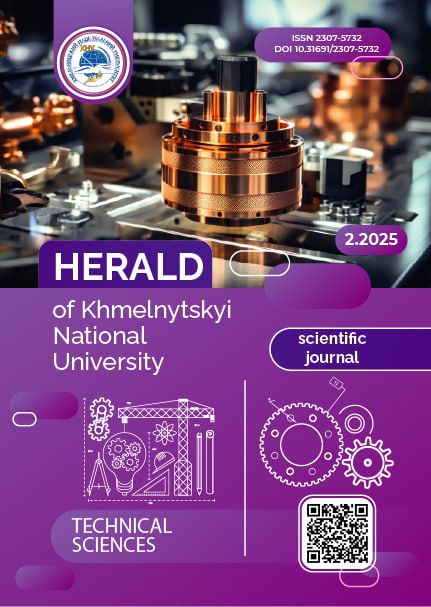PURIFICATION OF DRILLING FLUIDS USING PRECIPITATION CENTRIFUGES
DOI:
https://doi.org/10.31891/2307-5732-2025-349-9Keywords:
drilling fluid, precipitation centrifuges, pitless drilling, rheological characteristics, sludge, wastewaterAbstract
The article analyzes the efficiency of drilling fluids treatment using sedimentation centrifuges in modern drilling conditions in Ukraine. One of the biggest problems in well drilling is the generation of high-moisture waste, in particular, waste remaining after the operation of hydrocyclones, sieve-hydrocyclone units, as well as excess and spills of drilling mud, which are traditionally dumped into the pit. This process not only pollutes the environment but also creates additional costs for waste disposal and drilling mud losses. Increasing the share of drilling mud that is cleaned by high-speed and high-performance centrifuges to 40% or more of the total circulating drilling mud, combined with the elimination of drilling mud spills and a decrease in the moisture content of dehydrated waste, allows for pitless drilling, which is an important requirement of modern drilling. To achieve this result, it is proposed to improve the traditional drilling mud cleaning system by replacing it with a new combination of a self-cleaning drum screen, centrifuges with a wide range of speeds and capacities (Ecomash SHS 512A-213 and Ecomash SHS 312A-213) and semi-submersible disk pumps for transporting drilling mud. This approach not only improves cleaning efficiency, but also significantly reduces the amount of waste to be discharged and, accordingly, reduces the environmental impact. The moisture content of the dehydrated solid phase of the drilling mud in the proposed cleaning system is regulated within 23-27 %, which corresponds to the organoleptic characteristics of a solid plasticine-like mass. The volume of the separated solid phase, and hence the rheological characteristics of the drilling mud, can be adjusted both manually and automatically, which ensures the stability of the drilling process with minimal drilling mud losses. From an economic point of view, the proposed treatment system can significantly reduce drilling mud costs, as reducing the moisture content of waste to 25% saves up to 0.5 m³ of drilling mud for each ton of waste. At the same time, the transition of drilling wastewater to the category of solid waste helps to reduce the cost of its treatment.
Downloads
Published
Issue
Section
License
Copyright (c) 2025 АЛЬОНА БОСЮК, АНДРІЙ ШКОП, НАТАЛІЯ ПОНОМАРЬОВА, ОЛЕКСІЙ ШЕСТОПАЛОВ, ДМИТРО МАТІСС (Автор)

This work is licensed under a Creative Commons Attribution 4.0 International License.

